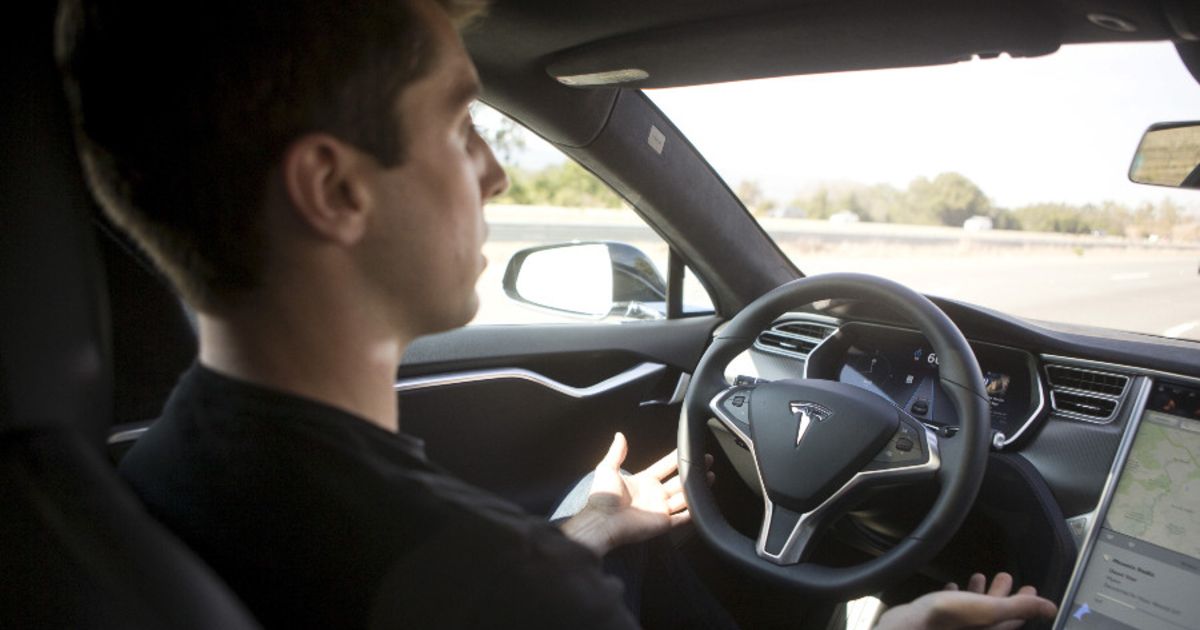
Tesla Inc. has laid off hundreds of workers on its Autopilot team as the electric-vehicle maker shuttered a California facility, people familiar with the matter told Bloomberg.
Surprisingly, the majority of those who were let go were hourly workers, said the people, who asked not to be identified discussing private information. As recently as last week, CEO Elon Musk had outlined plans to cut 10 percent of salaried staff but said he would be increasing hourly jobs.
Teams at the San Mateo office were employed in evaluating customer vehicle data related to the Autopilot driver-assistance features and performing so-called data labeling. Many of the staff members were data annotation specialists, all of which are hourly positions, one of the people said.
About 200 workers were let go in total, according to the people. Prior to the cuts, the office had about 350 employees, although some had been transferred to a nearby facility in recent weeks.
Tesla did not immediately respond to a request for comment.
Tesla is trimming its ranks after a surge in hiring in recent years. The company, now based in Austin, Texas, had grown to about 100,000 employees globally as it built new factories in Austin and Berlin.
Musk caught workers by surprise earlier this month when he said layoffs would be necessary in an increasingly shaky economic environment. He clarified in an interview with Bloomberg that about 10 percent of salaried employees would lose their jobs over the next three months, though the overall headcount could be higher in a year.
The EV market leader’s downsizing efforts have focused on areas that grew too quickly. Some human resources workers and software engineers are among those who have been laid off, and in some cases, the cuts have hit employees who had worked at the company for just a few weeks.
Those affected by the latest move worked on one of the higher-profile features in Tesla vehicles. In job postings, Tesla has said that labeled data is the “critical ingredient for training powerful Deep Neural Networks, which help drive the Tesla vehicles autonomously.” Staffers in Buffalo, N.Y., and San Mateo spent hours labeling images for cars and the environment they navigate, such as street signs and traffic lanes.
In Buffalo, Tesla has continued to expand its Autopilot data-labeling teams, a person familiar with the matter said. But staff at that location, who are doing the same role, are paid a lower hourly rate than in San Mateo, the person said.